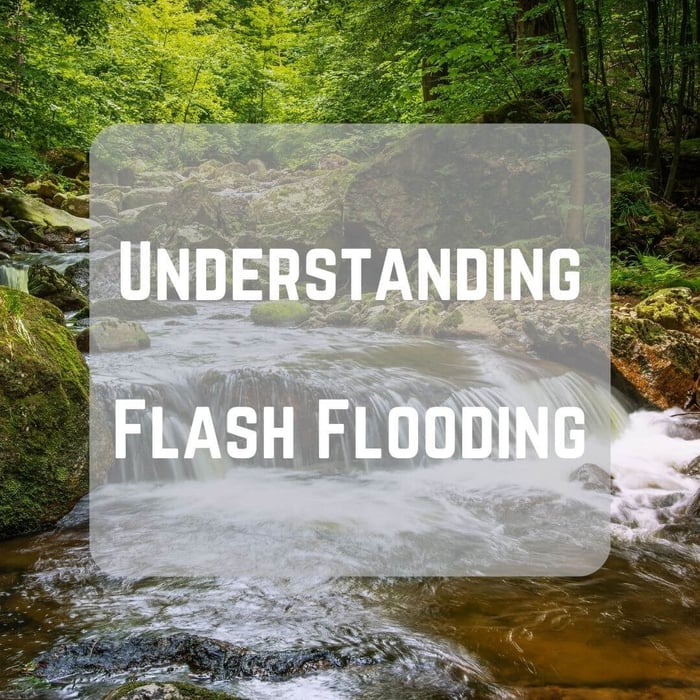Flash flooding, often associated with temperate, high-rainfall climates, can occur in the world's most arid regions. But what happens when these events occur in the world’s driest environments? And how are geology, topography, and weather patterns connected to cause an unexpected deluge amidst the drought? Here’s what to know about flash flooding in arid climates and how to prepare for it when living in these conditions.
What Is an Arid Climate?
An arid climate is characterized by a severe lack of available water, hindering or even preventing plant and animal growth and development. This type of climate typically experiences deficient annual rainfall, often less than 10 inches per year, and high evaporation rates, substantially exceeding the rainfall. Notoriously high temperatures are normal in arid climates, although the temperatures can drop significantly at night due to the absence of humidity and cloud cover, leading to vast temperature differences.
The air in arid climates is often dry due to low humidity levels, and the soil can be sandy or rocky with sparse vegetation due to the lack of water. Seasonal variations in an arid climate can be subtle, as they typically do not experience the traditional four seasons seen in more temperate climates.
Arid climates are primarily found in desert regions around the world. These climates can significantly impact human and animal inhabitants' lifestyles and survival strategies.
Flash Floods and Arid Climates
Ultimately, natural elements cause flash floods in arid climates. With sparse vegetation and hard, dry soil, these regions cannot inherently absorb heavy rainfall efficiently. When a torrential downpour occurs, the ground cannot absorb the sudden deluge, which results in rapid runoff that forms flash floods. Moreover, the topography often plays a role; with most arid regions being flat or having steep gorges, water accumulates quickly, accelerating the speed and intensity of these floods.
The infrequent but high rainfall intensity in these areas further heightens the likelihood of flash floods. Therefore, despite their seemingly dry and barren nature, arid climates are particularly prone to the dangerous and sudden onset of flash floods.
Living in an Arid Climate
With one-third of the world considered arid or semi-arid, living in these climates presents unique challenges. While living in dry climates can create a false sense of security regarding the risk of flash floods, these sudden events can and do occur with dramatic impact, often following periods of intense rainfall.
Despite the general dryness, those living in arid climates must be prepared for these sudden, extreme floods, highlighting the unpredictable nature of life in such environments.
How to Prepare for Flash Floods While Living in Arid Climates
Preparation is key and begins with keeping a vigilant watch on local weather forecasts and knowing the signs of a potential flash flood, such as heavy rain or rapid water level rise. Whether they live in an arid climate or not, all households should do the following to prepare for flash floods:
-
Create an emergency plan that includes evacuation routes and meeting points, with all members aware of and practicing this plan regularly.
-
Put essential documents in a waterproof container.
-
Assemble a survival kit containing food, water, medication, and other essentials. Keep it in a spot that’s easily accessible.
-
Implement flood prevention measures like installing check valves, increasing essential utilities, and building barriers to prevent floodwater from entering the home.
Despite the arid environment, flood insurance is recommended for all residents in potential flood zones, whether they live in high-rise or low-rise buildings. In times of immediate danger, it’s crucial to prioritize safety above all else, moving quickly to higher ground and never attempting to cross flooded areas.
Always Be Prepared for Flash Flooding
Flash flooding in arid climates poses a significant threat due to its rapid occurrence, unpredictability, and potentially destructive power. While residents in these regions may not anticipate such events due to the ordinarily dry conditions, it’s paramount for them to remain prepared for flash floods. A proactive approach, including awareness during heavy rains, developing an emergency plan, and understanding local topography, can greatly mitigate the impact of these swift and devastating events. Despite the aridity, the threat of water-related disasters looms large, requiring constant vigilance and preparation.




















